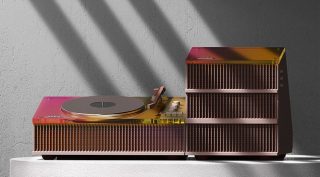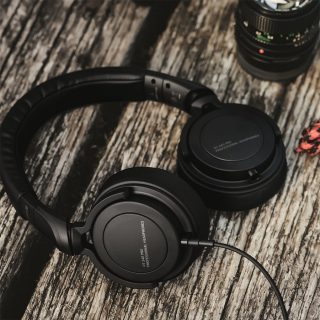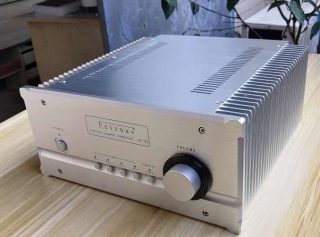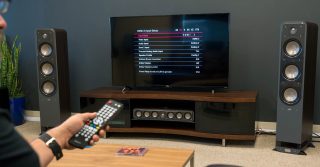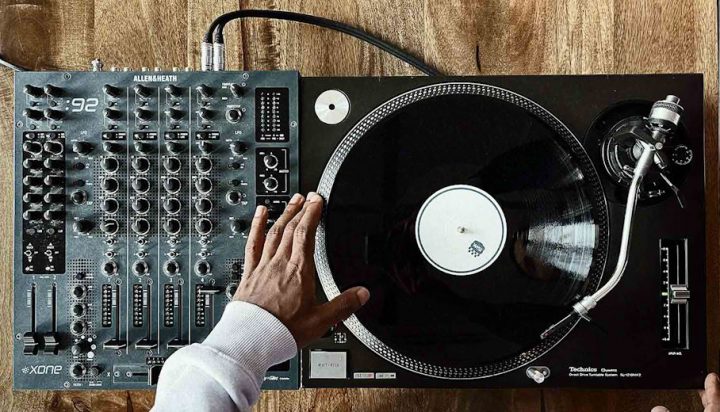
Embarking on a journey through the anatomy of a record player unveils a world where craftsmanship and engineering converge to create a harmonious symphony. From the spinning platter to the delicate stylus tracing the grooves of a vinyl record, each component plays a crucial role in the delicate dance that produces the music we cherish. Whether you’re a vinyl aficionado seeking to refine your setup or a curious newcomer intrigued by the allure of analog sound, this exploration into the intricacies of record player components will illuminate the path toward a richer and more immersive listening experience.
The Turntable
Within the context of record player reviews evaluations, it becomes evident that the turntable serves as the vital heartbeat of any well-functioning record player. Its primary function is to rotate the vinyl record at a consistent speed, allowing the stylus to navigate the grooves and reproduce the recorded sound. Key components include the platter, motor, belt or direct drive system, tonearm, and the cartridge with its stylus. Understanding each of these elements is fundamental to appreciating the nuances of vinyl playback.
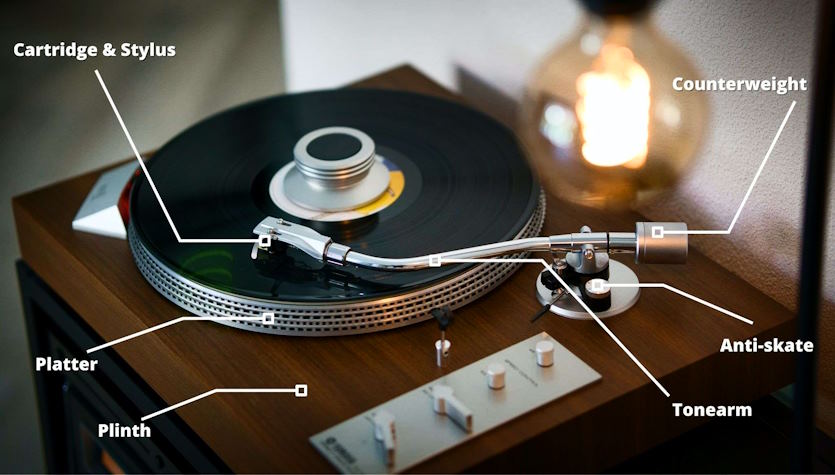
Platter
The platter, often overlooked, plays a critical role in the turntable’s performance. It serves as the platform on which the vinyl record rests during playback. Different materials, such as acrylic, aluminum, or glass, influence the platter’s inertia and resonance characteristics, impacting the overall sound quality. A well-designed platter contributes to stable rotation and minimizes vibrations, ensuring a smoother and more accurate reproduction of music.
Motor
The motor is the powerhouse driving the turntable’s rotation. Two main types exist: belt-driven and direct drive. Belt-driven turntables utilize an elastic belt to transfer power from the motor to the platter, reducing motor vibrations and minimizing interference with the stylus. In contrast, direct-drive turntables have the motor directly connected to the platter, providing more torque and stable rotation. Motor speed is a crucial consideration, with most turntables operating at 33⅓, 45, or 78 revolutions per minute (RPM).
Belt or Direct Drive
Choosing between belt and direct drive involves a trade-off. Belt-driven turntables excel in reducing motor vibrations but may require more maintenance. Direct-drive turntables offer greater torque and speed stability but may transmit more vibrations.
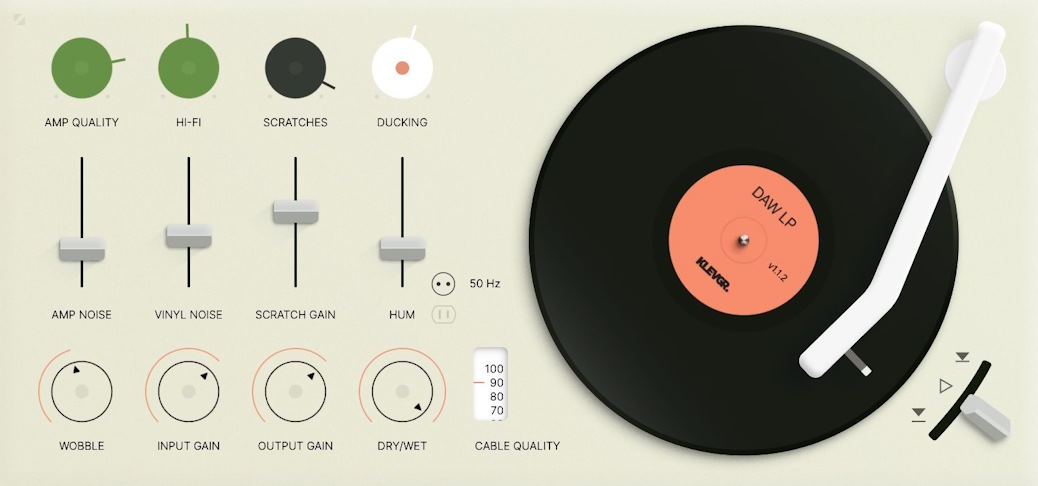
Tonearm
The tonearm is the bridge connecting the stylus to the turntable. Its role is to hold the cartridge and stylus in a precise position, allowing them to traverse the record grooves accurately. Tonearms come in various shapes, such as straight or S-shaped, each influencing tracking ability and resonance. Properly balancing and aligning the tonearm is crucial for optimal performance, affecting the clarity and accuracy of the reproduced sound.
The Importance of Calibration
Proper setup and calibration are vital for achieving optimal performance from a record player. Balancing the tonearm, aligning the cartridge and stylus, and ensuring correct tracking force are crucial steps in the calibration process. Neglecting these steps can lead to suboptimal sound quality and unnecessary wear on both the stylus and the record.
Maintenance and Care
To preserve the longevity of a record player and maintain its performance, regular maintenance is essential. Cleaning the stylus, lubricating moving parts, and storing records properly contribute to a prolonged and satisfying listening experience. Attention to these details ensures that a record player remains a reliable companion for music enthusiasts over the years.

